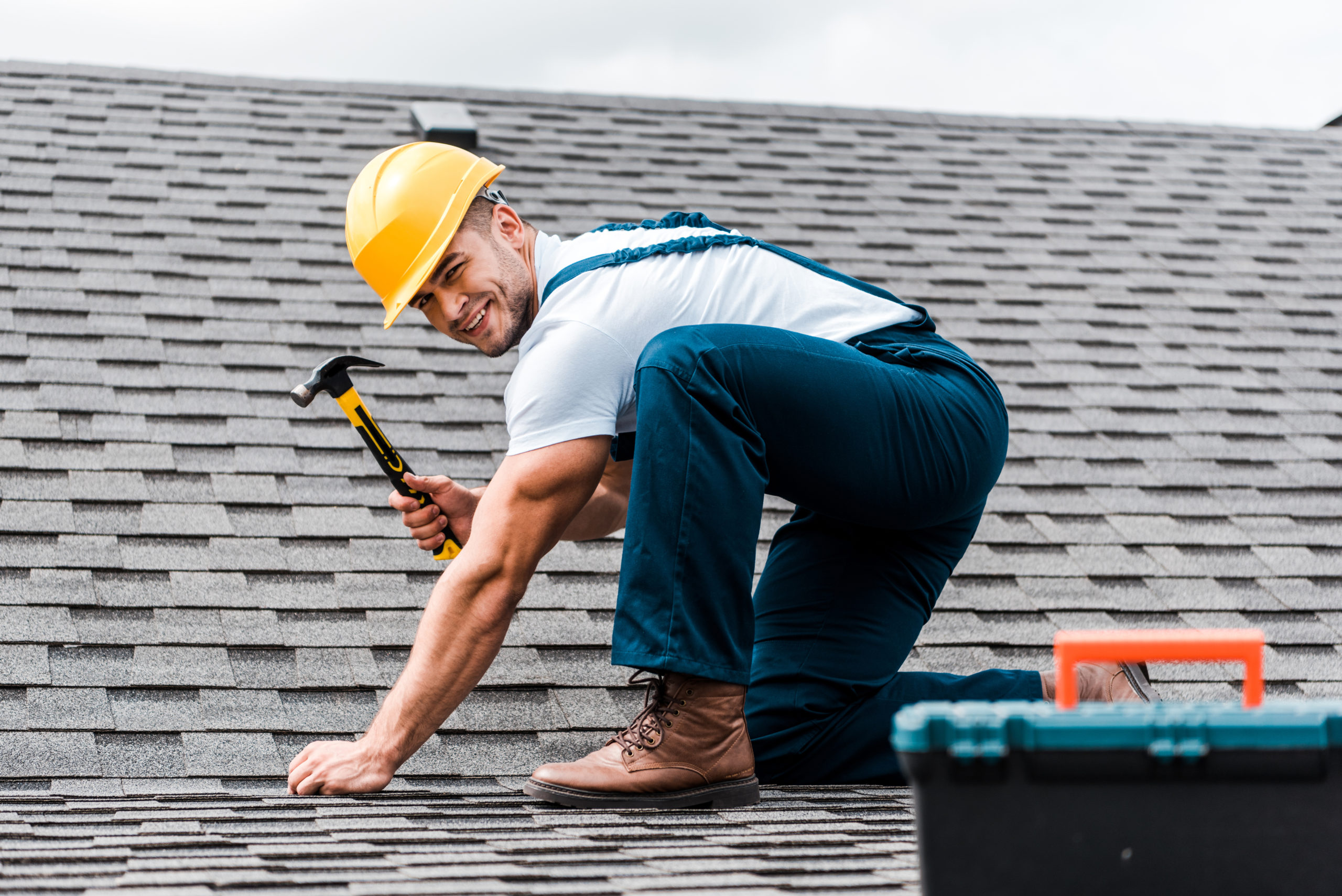Imagine your home as a haven, a place where the chill of winter or the blaze of summer doesn’t intrude. Insulating your attic roof rafters is the key to this comfort. It’s not just about keeping the elements at bay; it’s about creating a consistent environment where your heating and cooling systems can work more efficiently, saving you money and reducing your carbon footprint. The insulation acts as a barrier, slowing down the heat flow between your home and the outside world, ensuring that every room remains at a pleasant temperature.

Preparation and Material Selection
Before insulating your attic, a thorough inspection is crucial. For example, if you live in Augusta and need a professional opinion on the state of your attic or existing insulation call on roofing companies augusta ga, this could save you time and ensure accuracy. Selecting the right insulation material hinges on the desired R-value, which varies by climate. Your choices range from fiberglass to foam boards to spray foam, each with its own benefits. Remember to also prepare the necessary tools and safety gear for the job ahead.
Insulation Installation Steps
With the attic prepped and your materials at hand, it’s time to get down to business. Free Energy Savings advice to start by sealing any air leaks with caulk or foam, because even the smallest gap can be a conduit for heat loss. When installing the insulation, precision is key. Measure and cut the material to fit snugly between the rafters, and secure it in place without compressing it, as that would diminish its insulating properties.
Finishing and Maintenance
The final touches can significantly boost your insulation’s performance. Sealing the layers with spray foam adds to the airtight seal, while a radiant barrier could be a strategic addition for those in hotter climates, reflecting the sun’s rays and contributing to a cooler attic space. Once installed, your insulation shouldn’t be ‘out of sight, out of mind.’ Regular maintenance checks are crucial. Look out for any shifts or settling in the material, and be vigilant about moisture, which can compromise the insulation’s effectiveness.
Conclusion
Wrapping up, remember that insulating your attic roof rafters is a practical step toward a more sustainable and comfortable home. It’s a project that pays dividends in the form of lower energy bills and a reduced environmental impact. By following these steps and staying on top of maintenance, you’ll ensure that your home’s insulation remains effective for many years, providing a cozy barrier against the whims of the weather outside.
